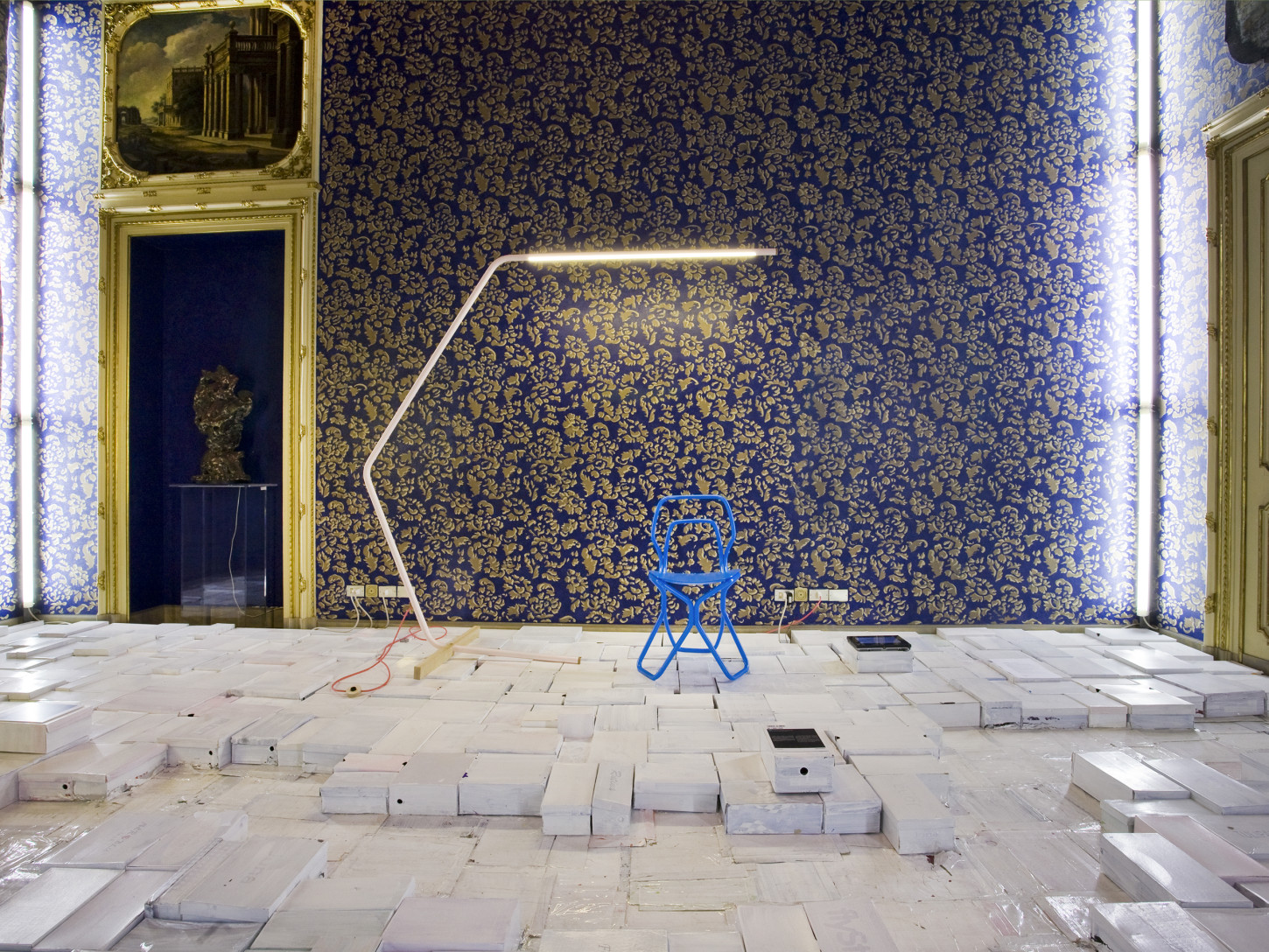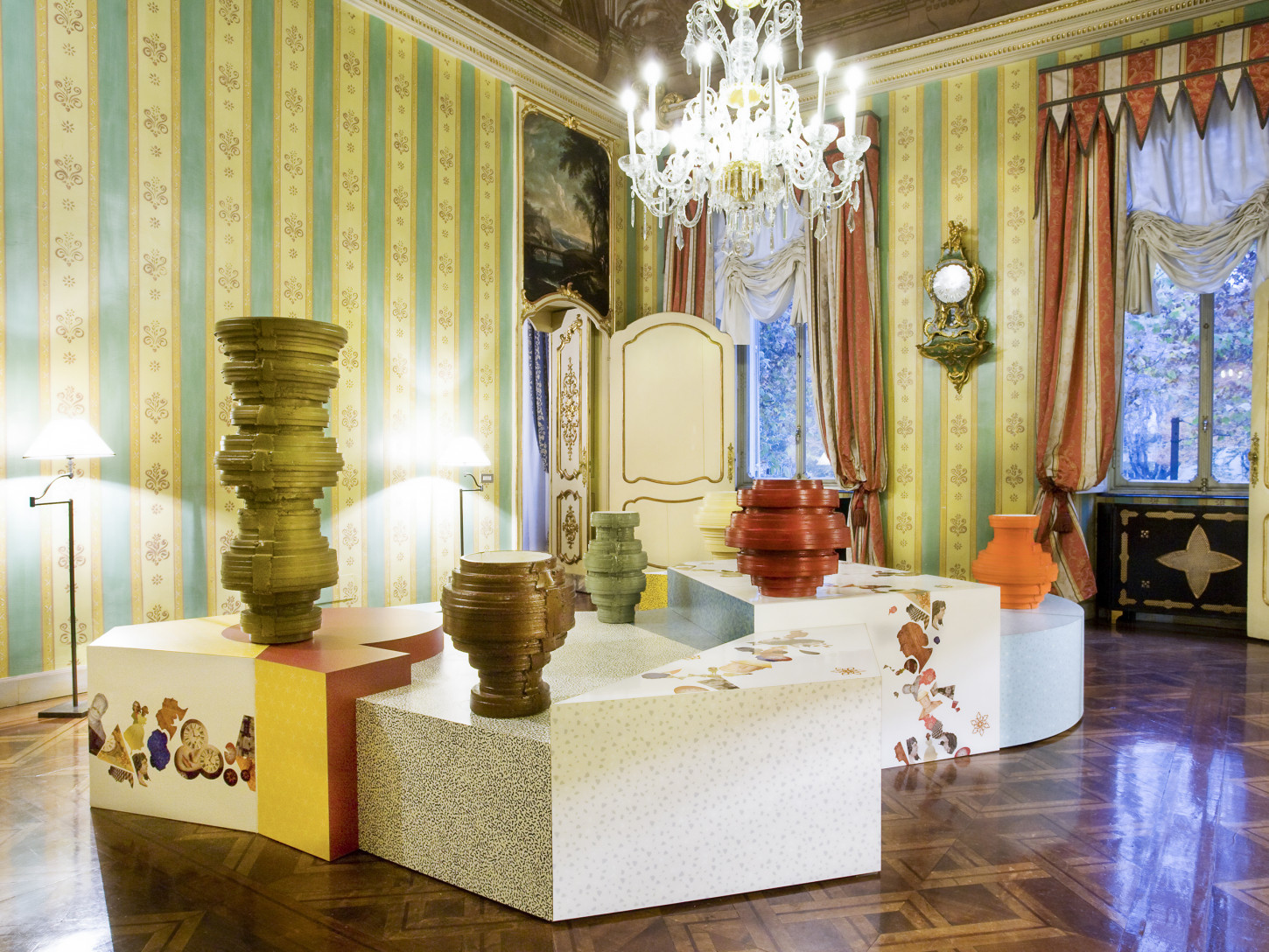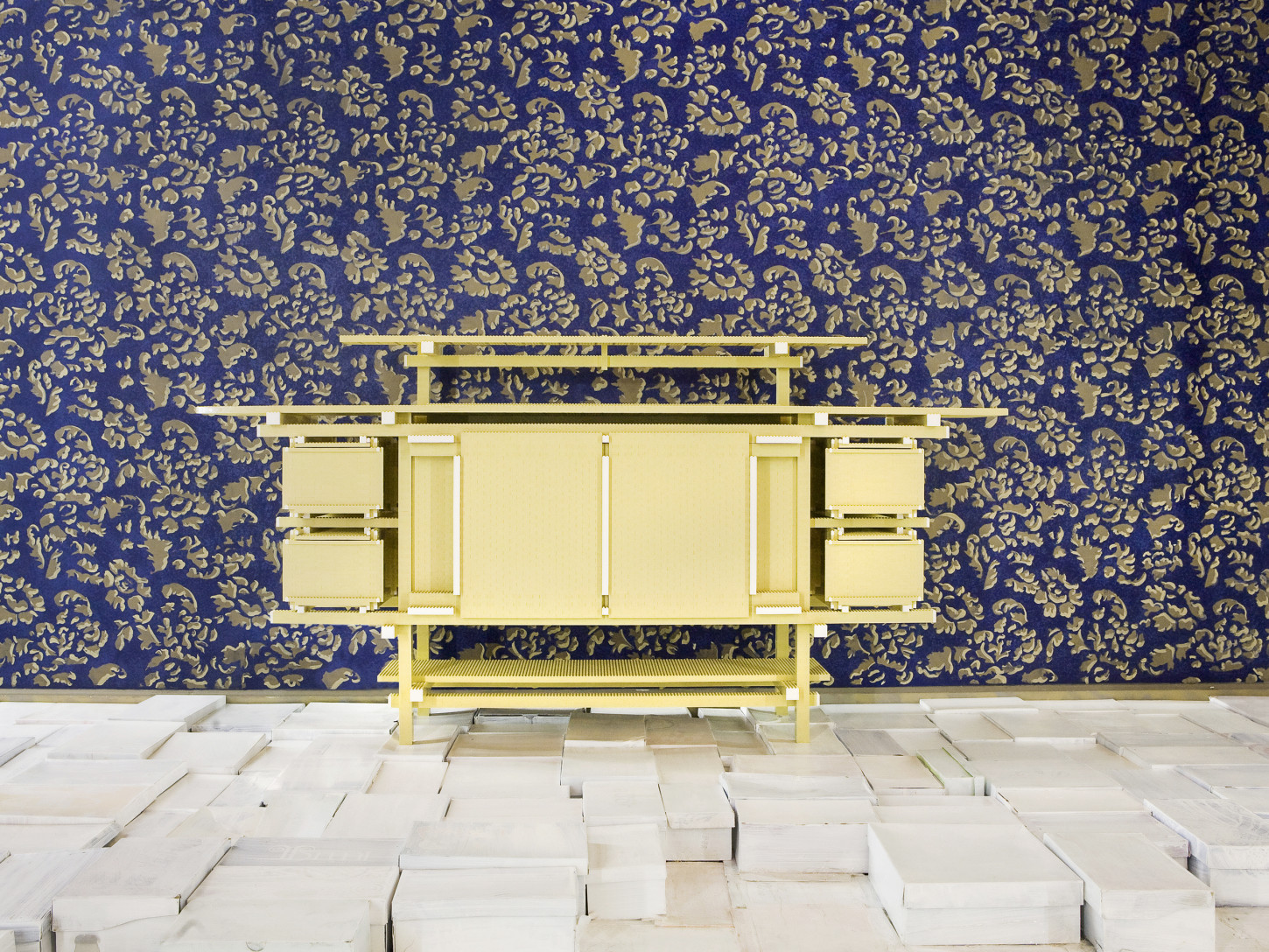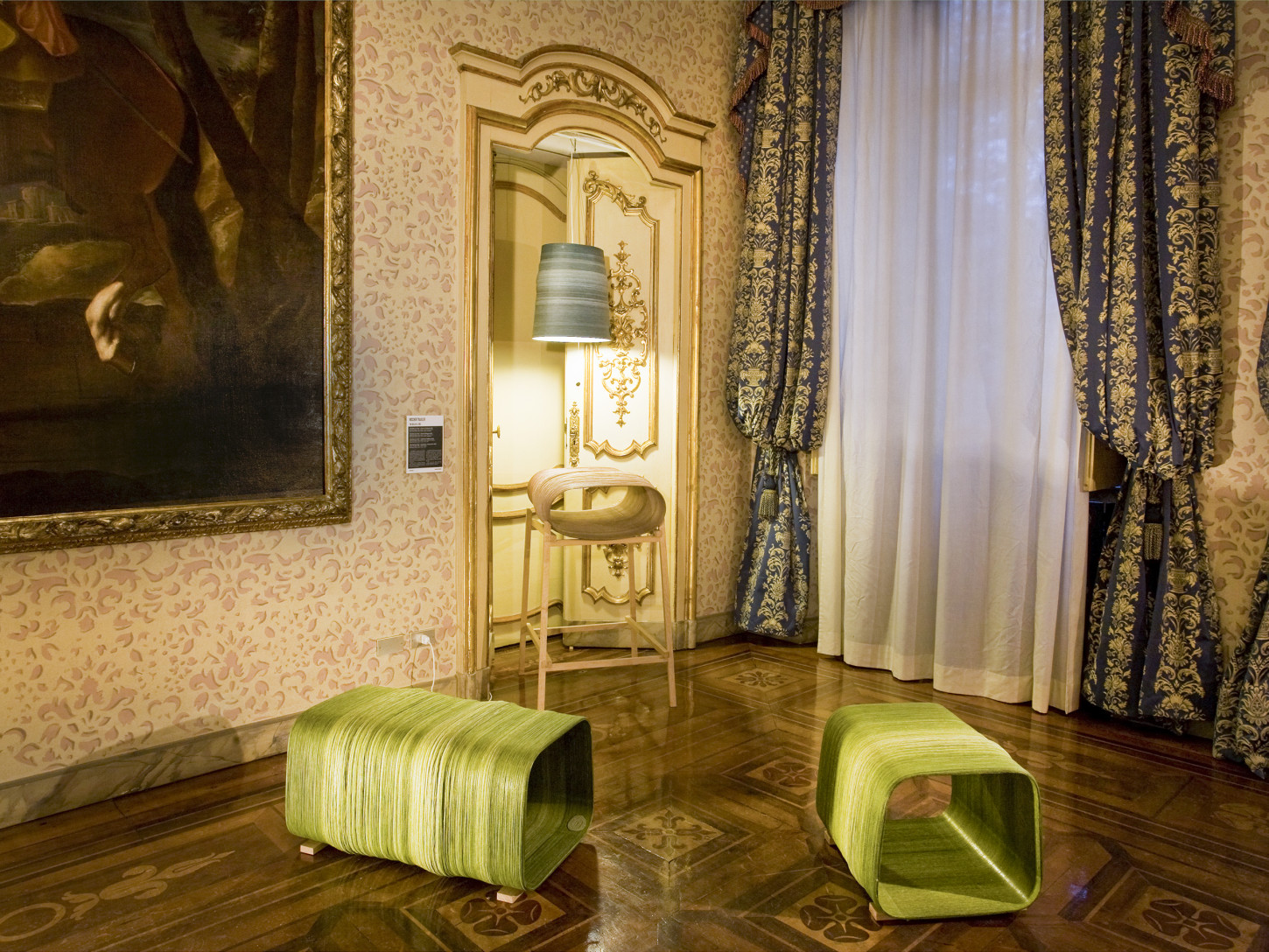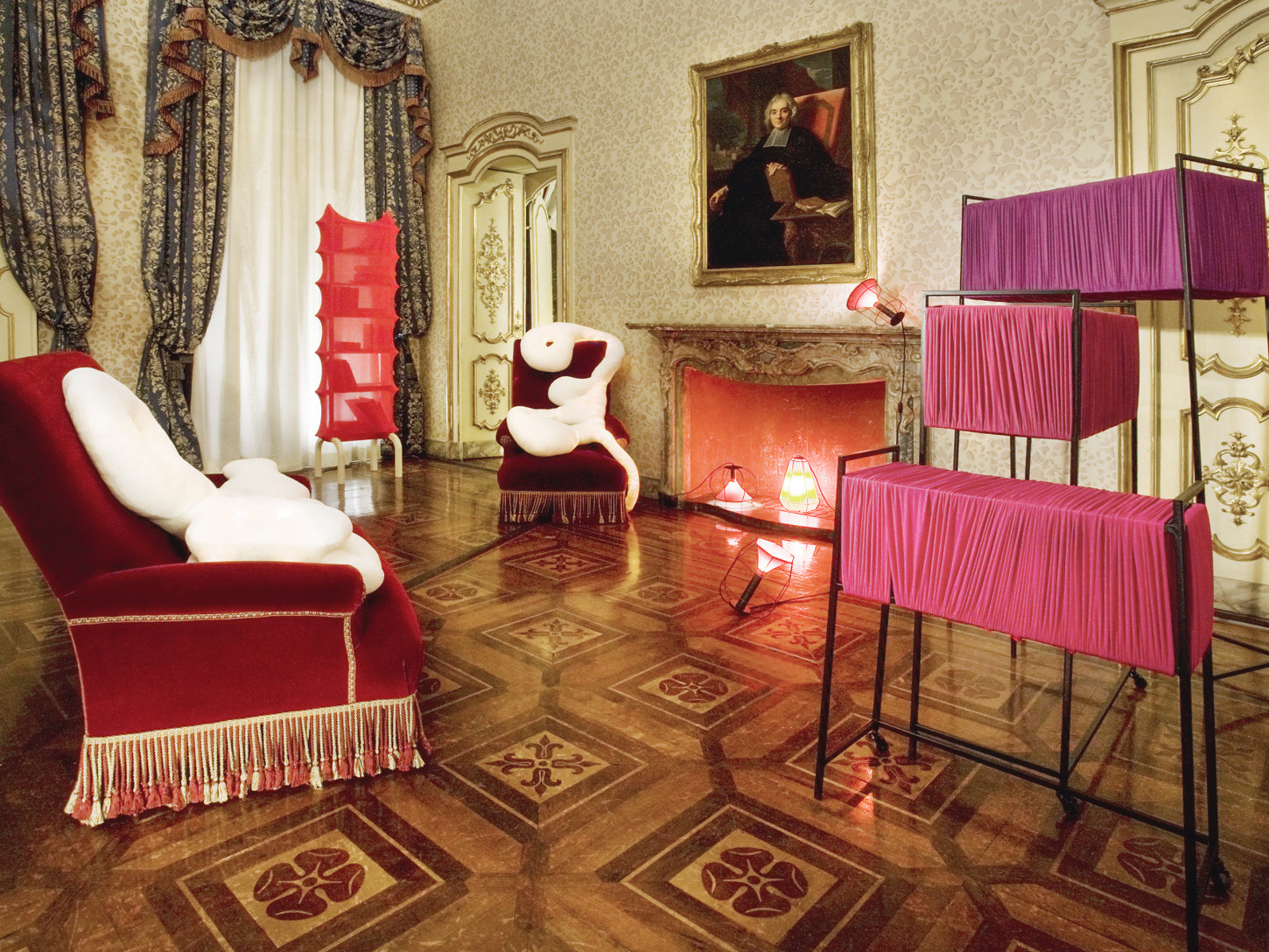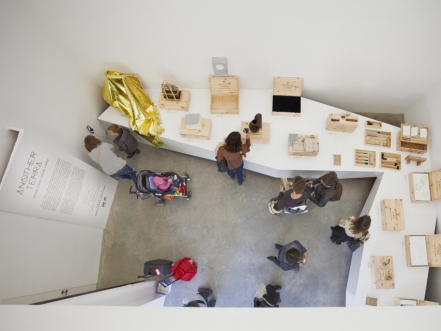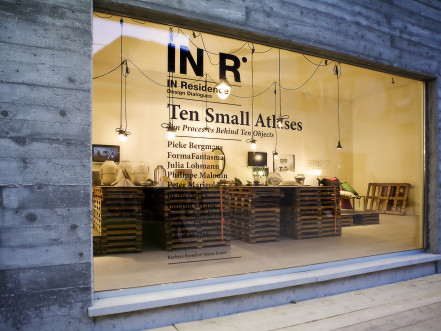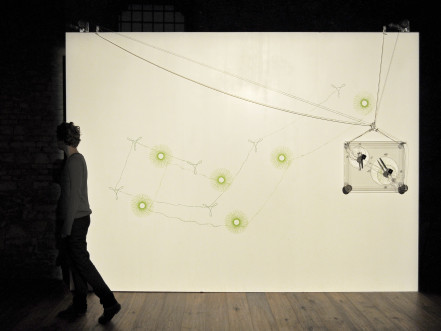Artissima Design
Visualising Transformation
The Visualising Transformation project will be focusing on the creative process which gives form and substance to a new generation of innovative design objects. As well as responding to a series of practical needs, these products also help to recall other necessities to be found in the sphere of critical reasoning and reflection of the individual.
In particular, the Artissima Design exhibition shows a set of original items created by some of the greatest names in the international arena of design research, with works by Tomás Alonso, Julien Carretero, Lanzavecchia+Wai, Minale-Maeda and Mischer’Traxler, as well as special environmental installations designed for the occasion by MARC, Nucleo and UdA.
This select group of designers have been leading exponents of a recent trend in which, as an alternative to the repetitiveness of industrial mass production, limited-edition series of objects are made to a great extent using hand-crafted techniques. The figure of the “craft designer” may not be new in any way, but it combines skills that are usually those of different professions and it is returning to the contemporary world as a fusion of the broad range of skills of the product designer and the practical experience which is part of the material culture of “Homo artifex”.
Design has always been an open discipline and, in its latest research-oriented form, it is making even greater use of those forms of knowledge that have traditionally been considered as outside of its own range. Inclined towards hybridisation, cross-fertilisation, mutual influence and productive stylistic influences between areas of knowledge, creative design today is constantly redefining its own field of action.
From this perspective of constant constructive confrontation, interaction between the visual arts and design can lead to the most unexpected and important material results, transforming the “mere machine” of the ordinary everyday object into a device that conveys new meaning and imagery, and turning it into a means for emanating intense symbolic expressiveness.
The objects on show at Visualising Transformation, which appear to be captured in a moment of temporary calm, are the results of a way of thinking that looks at the concept of endless transformation as its primary source of inspiration. These are objects that can deconstruct, acquiring different geometries and variable configurations, or they may appear as the product of a different form of mutation – of energy, time, or matter – thus always avoiding the need to convey any idea of unquestionable fixity.
Having lost its attribute of absolute invariability associated with its physical tangibility, the traditional object can acquire the potential for transformation, adaptation, permeability and combination, as well as being open to alteration and, through this potential for gradual reconfiguration, it can enter into a more personal, intimate, and intense relationship with the individual.
The object is conceptually mobile and its possible, potential reconfigurations have an active influence on its relationship with the surrounding environment, thus also encouraging transformation, or it can change the normal ways in which it is used by consumers.
Visualising Transformation shows the general public some important experimental works, which can also be seen as excellent means of narration and as perfect storytellers capable of bringing about a process of free communication. The design that this exhibition puts in the spotlight does not just communicate through the virtuosity of its form or through an aestheticising façade, for it encourages a series of reflections that the viewer bases on their own knowledge and memories, bringing to bear the subconscious, subjective mechanism of mental parallels that emerge from the complex tapestry of their own experience. The design object is a window onto a significant other world and design can trigger off mental connections and associations that lead to important new insights.
